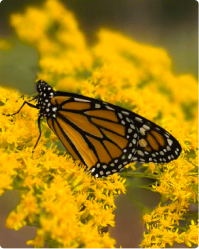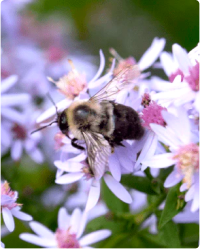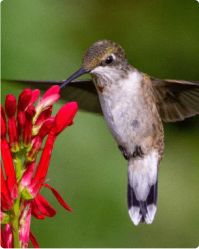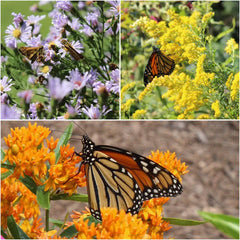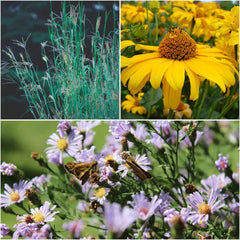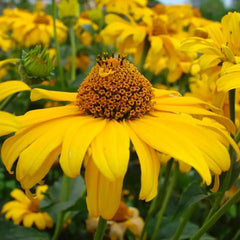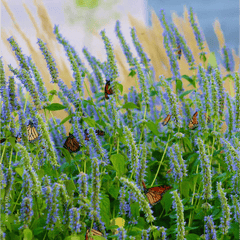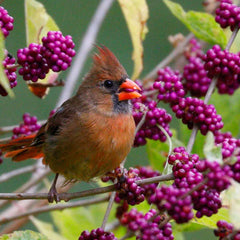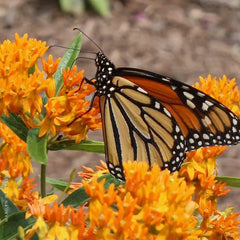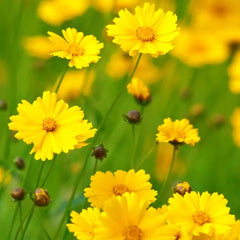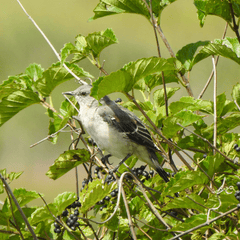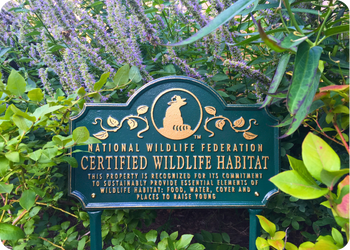- Shop All
- Plant Finder Quiz
- Collections
-
Regions
- Connecticut
- Maine
- Massachusetts
- New Hampshire
- New Jersey
- New York
- Pennsylvania
- Rhode Island
- Vermont
Northeast
- Alabama
- Arkansas
- Delaware
- District of Columbia
- Florida
- Georgia
- Kentucky
- Louisiana
- Maryland
- Mississippi
- North Carolina
- South Carolina
- Tennessee
- Virginia
- West Virginia
Southeast
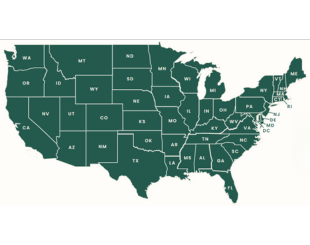
View Map
- Habitats
- Wildlife
- Our Mission
- On Sale
- New
Trees for Wildlife Month
Our native plant collections are specially curated for your region. Please enter
your zip code to find the best plants for your area.
Filtered By:
Filters
Animal Resistant
Soil Type
Light Conditions
Bloom Type
Plant Height
Plant Type
Soil Moisture
Wildlife Benefits
Flower Color
Price range
0 Products
0 of 0 Products
Be the first to know about sales on native plants
- How do shrubs support wildlife?
- What is the difference between a shrub and a tree?
- Why is September a great time to plant trees?
- How do I choose the right trees or shrubs for my area?
Shrubs provide essential year-round cover and structure for wildlife. Their dense, woody framework offers protection from the elements and creates safe havens for nesting and raising young. You can easily picture birds building their nests in the branches, or butterflies and moths finding a secure spot to pupate.
Nature rarely adheres strictly to our neat categories. The definition of a shrub versus a tree can often be a matter of growth pattern rather than a strict classification. For instance, plants like Allegheny Serviceberry (Amelanchier laevis) are often classified as small trees but can exhibit a multi-stemmed, shrub-like form, providing year-round beauty and essential food for wildlife. In early spring, this plant bursts into bloom with delicate white flowers that attract pollinators, while its summer berries offer a nutritious food source for birds and mammals.
Another excellent example is Common Elderberry (Sambucus canadensis). This fast-growing plant provides dual-purpose benefits, with its showy, flat-topped flowers attracting a wide array of pollinators. These blooms give way to clusters of purple-black berries that are a key food source for birds and can be used to make jellies and wines. Native bees nest in their pithy stems. Elderberry beautifully demonstrates how a "shrub" can grow quite large, further blurring the line between shrub and tree.
Similarly, while we often refer to palm "trees," their growth pattern is more akin to grasses, growing in segments rather than in the rings of a true tree. Cacti, too, follow a distinct growth pattern that sets them apart from both shrubs and trees, even when they take on a singular, tree-like form.
Fall is an ideal time to plant trees and shrubs because the cooler temperatures and increased rainfall help the plants establish strong root systems without the stress of summer heat. This gives them a head start for a successful growing season next spring.
Just enter your zip code to filter this collection by trees and shrubs native to your region. Then apply filters for light and soil conditions to find the right plants for the right place.
Support your local wildlife.
Help birds, pollinators such as bees, butterflies, other insects, amphibians and small mammals, and reptiles.Have a global impact.
Help create habitats for declining wildlife, reduce urban heat islands and manage storm water runoff.Bring nature home.
There’s no easier place to get a daily dose of nature and the physical, mental and spiritual benefits.Support our mission.
All orders benefit our non-profit to help declining wildlife and expand native plant availability nationwide.

Trees for Wildlife Month
September is a great time to native plant trees and shrubs as temperatures begin to cool in many parts of the country. These plants can be amazing sources of shelter, food, and even places for wildlife to raise their young. Use the exclusive Trees for Wildlife Month promo code TREES25 to receive 25% off your purchase of $50 or more! Code valid through September 30th.
Find out what's blooming.
Sign up for updates on new releases, sales, plant care tips, and more.
